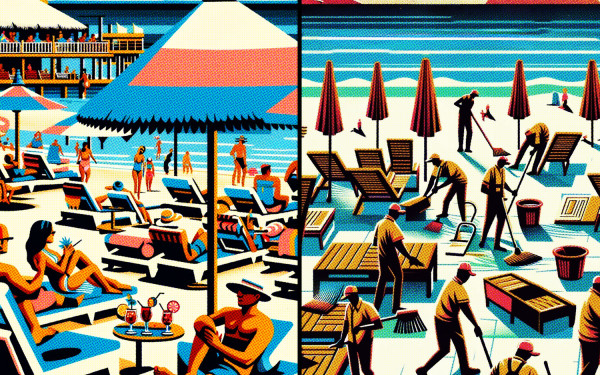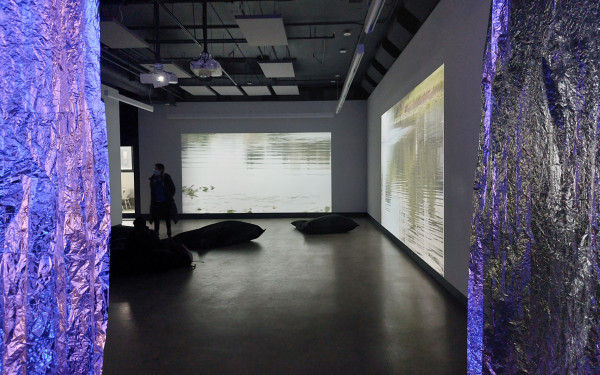Montreal museum exhibits a skeleton made of chocolate and the return of the ‘Meat Dress’
Corpus Insolite explores the passage of time and fragility of life
Artist Jana Sterbak first discovered the Musée des Hospitalières de l'Hôtel-Dieu de Montréal in 1995 when she borrowed an antique table for an exhibition in Paris.
The museum showcases the convent complex of the Religious Hospitallers of St. Joseph nursing sisters. Reminiscing on the experience, Sterbak recalls meeting the Mother Superior, a nun in charge of the convent, who guided her through the museum’s unique collection.
Thirty years later, the same space holds the temporary exhibition Corpus Insolite.
On display until Aug. 24, 2025, the exhibition integrates Sterbak’s striking work among the religious and medical artifacts from the Religious Hospitallers of St. Joseph and the museum.
Visitors will find artwork spanning Sterbak’s entire career, including pieces that have never been shown in Canada, such as “Catacombs,” a skeleton crafted completely out of chocolate. This lifelike quality of Sterbak’s art invites viewers to explore the fragility of life and the passage of time.
“It's a certain kind of dichotomy or play between the content and the form,” Sterbak said. “Chocolate is a fun thing, but to associate it with bones of a skeleton, there’s a kind of push and pull.”

The decades-spanning history behind this exhibition extends to curator Johanne Sloan, who met Sterbak in the 1980s. Sloan said she had always admired Sterbak’s work, but until Corpus Insolite, the pair never had an opportunity to work together. Designing the exhibition was a collaborative process.
“During the pandemic, we went for a few long walks, and had some great conversations,” Sloan said, “which I think is what led Jana to ask me to work with her on the exhibition.”
Sterbak often works with unconventional materials, such as the famous meat dress, properly known as “Vanitas: Flesh Dress for an Albino Anorectic,” first made in 1987 and remade for this exhibition.
Vanitas is an art genre that uses objects to symbolize inevitable death. The dress relates to aging and plays into a symbolic image of mortality. While meat can be difficult to work with, Sterbak explained, it’s “part of the calling.” She uses less conventional materials to showcase themes in her work that would be otherwise overlooked.
“I haven’t seen art that was contemporary and very medically related,” said Makayla Martin, a Manitoban interested in pursuing medicine. She visited Corpus Insolite and found Sterbak’s work “very original.”
According to Sloan, Sterbak’s work and the museum’s medical and religious objects share “uncanny affinities.”
“[The meat dress] resonates both with medical understandings of the body, as well as religious desires to transcend mere flesh,” Sloan said.
Sterbak was born in Czechoslovakia, where religion was restricted under communist rule. She only attended churches for patrimonial reasons.
“My parents and even my grandparents were atheists, so for me it's like another fantasy,” Sterbak said.
Before her art career took off, Sterbak studied art history, planning to specialize in it. Historically, in the west, art was often commissioned by the Catholic Church. This means a lot of historical art is directly related to religion.
Sterbak, who wasn’t raised religious, said the religious influence in her work is inspired by historical art she studied.
Sterbak explains how art is about other art. It’s a discipline that rolls from one creation to another.
“There is genuinely something novel and stimulating about an exhibition that brings contemporary artworks and historical objects into dialogue with each other,” Sloan said.


_600_832_s.png)




_600_375_90_s_c1.jpg)